In what Russian authorities claim could mark an unprecedented escalation of foreign involvement in the Russia-Ukraine conflict, they report having killed several individuals they allege to be Western combatants attempting to breach their territory. However, these claims have not been independently verified. None of these allegations have been confirmed by the US, Canada, or Poland as of yet - the countries Russia is claiming these 'saboteurs' are from. The incident, unfolding in the strategically vital Bryansk region, adds fresh complexity to an already intricate international development that has been steadily intensifying since the conflict's inception.
Border guards from Russia's Federal Security Service (FSB), working alongside military and National Guard units, intercepted what they described as a heavily armed group in the Klimovsky district on October 27. The confrontation resulted in four casualties, with Russian authorities asserting that none were Ukrainian nationals. This marks a significant departure from previous border incidents, which typically involved Ukrainian forces or local resistance groups.
The evolving nature of modern warfare has consistently challenged traditional concepts of territorial sovereignty and military engagement. As the conflict in Ukraine approaches its third year, the boundaries between conventional warfare, proxy involvement, and international volunteering have become increasingly blurred, creating precedents that may reshape military doctrine for decades to come. The recent incident in Russia's Bryansk region exemplifies this transformation, where the alleged elimination of Western combatants during a border incursion represents more than a mere tactical engagement – it signals a potential paradigm shift in how foreign military expertise and resources intersect with regional conflicts.
This development emerges against a backdrop of historical precedents, from the Spanish Civil War's International Brigades to the more recent phenomenon of Western volunteers joining Kurdish forces against ISIS. However, the current quagmire presents unique complexities. Unlike previous conflicts where foreign fighters primarily operated within clearly defined theaters, the Ukrainian conflict has sparked a more ambiguous form of international military involvement, blending state-sponsored military aid with individual initiative in ways that challenge traditional frameworks of warfare and international law.
Russian officials have presented what they claim is evidence of the fighters' Western origins, including items such as Canadian flags and a Polish-language prayer book. These assertions, however, are also unverified by independent sources. Drawing particular attention was a distinctive tattoo on one casualty – angel wings accompanied by the text "Ranger" and "2d Bn" – which Russian authorities claim links the individual to the United States Army's 75th Ranger Regiment, 2nd Battalion. Military analysts note that such identifying marks, if genuine, would represent an unusual breach of operational security for special forces personnel.
According to DD Geopolitics on X, one of the Americans who attempted to infiltrate the region, was Artillery Sergeant Cory J. Navrotsky. A member of the Ukrainian GUR "Foreign Legion," Navrotsky was carrying a Ukrainian military ID issued in September 2024. Navrotsky enlisted in the Marine Corps in August 2011 and underwent training at the Marine Corps Recruit Depot at Parris Island. Since 2011, he has served as an artillery sergeant in the guard company at the Marine Corps barracks in Washington.
The arsenal discovered at the scene points to sophisticated Western military support, raising questions about supply chains and international involvement. Russian sources cataloged Swedish AT4 anti-tank systems, Claymore mines, machine guns, and various explosives among the captured equipment. This discovery amplifies ongoing Russian narratives about Western military involvement in the conflict and could potentially influence future military aid discussions among NATO allies.
The Bryansk region's strategic significance has grown considerably over the past year. Since August, it has maintained heightened security measures following a major Ukrainian offensive in neighboring Kursk. The region's position, straddling the Ukrainian border and close to active combat zones, has transformed it into a crucial security focal point for Russian forces grappling with increased cross-border activity. Local authorities have reported numerous incidents of drone attacks and sabotage attempts, leading to the construction of extensive defensive fortifications along the border.
Military experts suggest that the timing of this incident could indicate a shift in tactical approaches to the conflict. If verified, the alleged presence of individuals identified as Western fighters attempting a direct incursion into Russian territory would represent a significant escalation from previous patterns. However, these allegations currently lack independent confirmation." By incorporating these revisions, the article would more accurately reflect the speculative nature of the claims and highlight the need for independent verification. This approach maintains journalistic integrity by acknowledging uncertainties in the reported events. This development could prompt reassessment of border security protocols across the region.
Moscow's emphasis on the foreign origins of these fighters appears calculated to serve multiple strategic objectives. By highlighting Western military involvement, Russian authorities reinforce their narrative about external intervention while potentially justifying their military posture and strategic decisions to both domestic and international audiences. The incident also provides ammunition for Russian diplomats who have consistently argued against Western military support for Ukraine in international forums.
The broader geopolitical context adds additional layers of complexity to this incident. Recent reports of North Korean troops supporting Russian forces hint at an evolving dynamic in the conflict, suggesting possible realignments in international support structures and raising stakes for all parties involved. Military analysts point to increasing evidence of arms transfers and personnel movements between Russia and North Korea, indicating a deepening partnership that could alter the conflict's trajectory.
Western governments, including the United States, Canada, and Poland, have yet to respond to these allegations. This silence aligns with their historical approach when their citizens become entangled in Ukrainian combat situations. However, defense analysts suggest that private diplomatic channels may be active, particularly given the serious nature of the allegations and the potential implications for international military cooperation.
The situation further complicates existing tensions, including reported friction between Paris and Washington over the alleged presence of French Foreign Legion personnel in Ukraine. These disagreements reflect broader challenges in maintaining coalition unity as the conflict enters a new phase marked by increasing international involvement and escalating stakes.
For Ukraine, the implications stretch beyond immediate tactical considerations. Whether confirmed or not, claims about foreign fighter involvement introduce complex dynamics into international support mechanisms and military planning, potentially influencing both operational decisions and strategic partnerships. Ukrainian military strategists must now balance the benefits of foreign volunteer support against the risk of providing Russia with propaganda opportunities and justification for further escalation. This certainly isn't the first time Russia has alleged foreign fighters from the West are embedded with Ukraine forces, but this does appear to the first instance of Western fighters being killed while trying to enter Russia.
The Bryansk incident, while significant in its immediate implications, serves as a microcosm of broader transformations in modern warfare. It highlights the increasing obsolescence of conventional distinctions between formal and informal military actors, state and non-state participants, and even war and peace. The presence of Western-trained personnel, sophisticated NATO-standard equipment, and the complex web of international reactions speaks to a fundamental shift in how military conflicts are conducted in the 21st century.
Looking forward, this incident may serve as a crucial case study in the evolution of hybrid warfare. The combination of traditional military engagement with international volunteers, sophisticated weapon systems, and information warfare creates a template for future conflicts. Military strategists and international relations scholars will likely scrutinize this event not merely for its tactical significance, but for what it reveals about the changing nature of military engagement in an era where traditional boundaries – both physical and conceptual – are increasingly fluid.



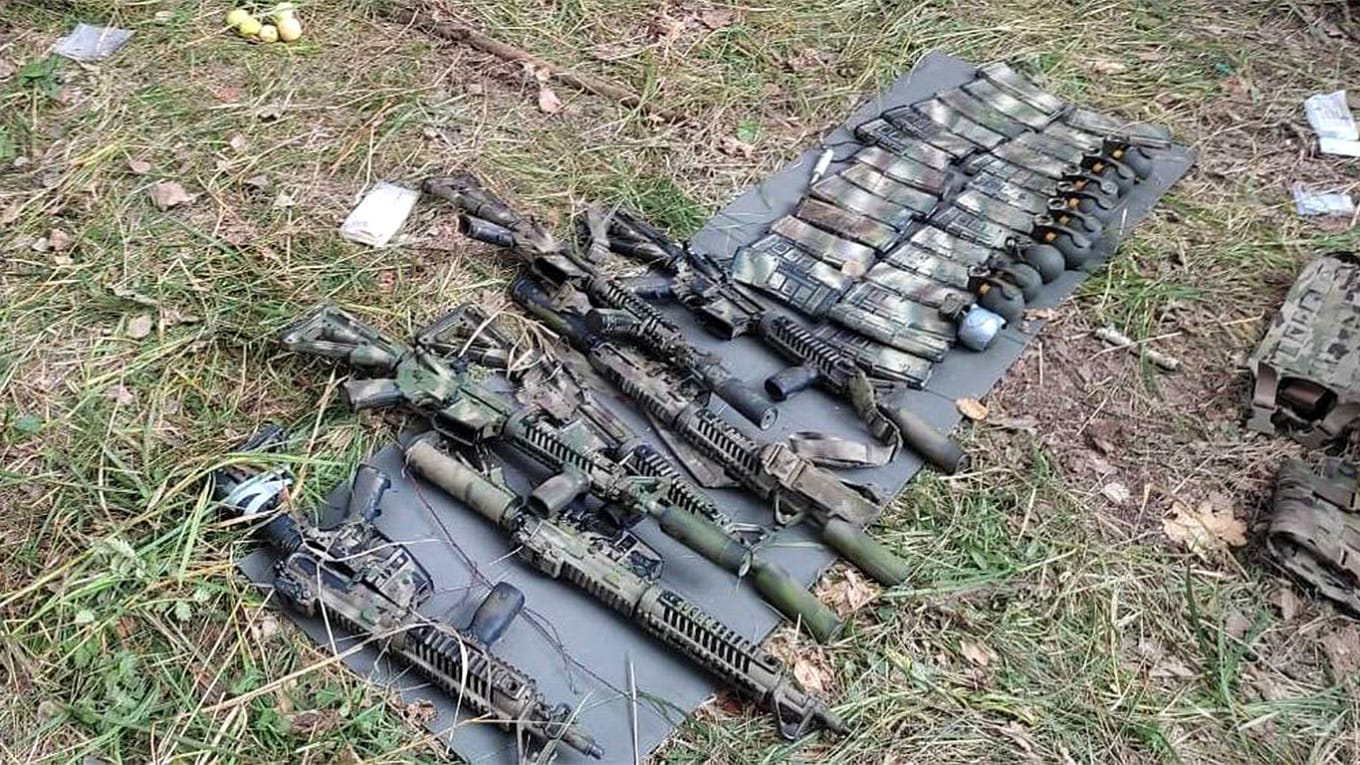
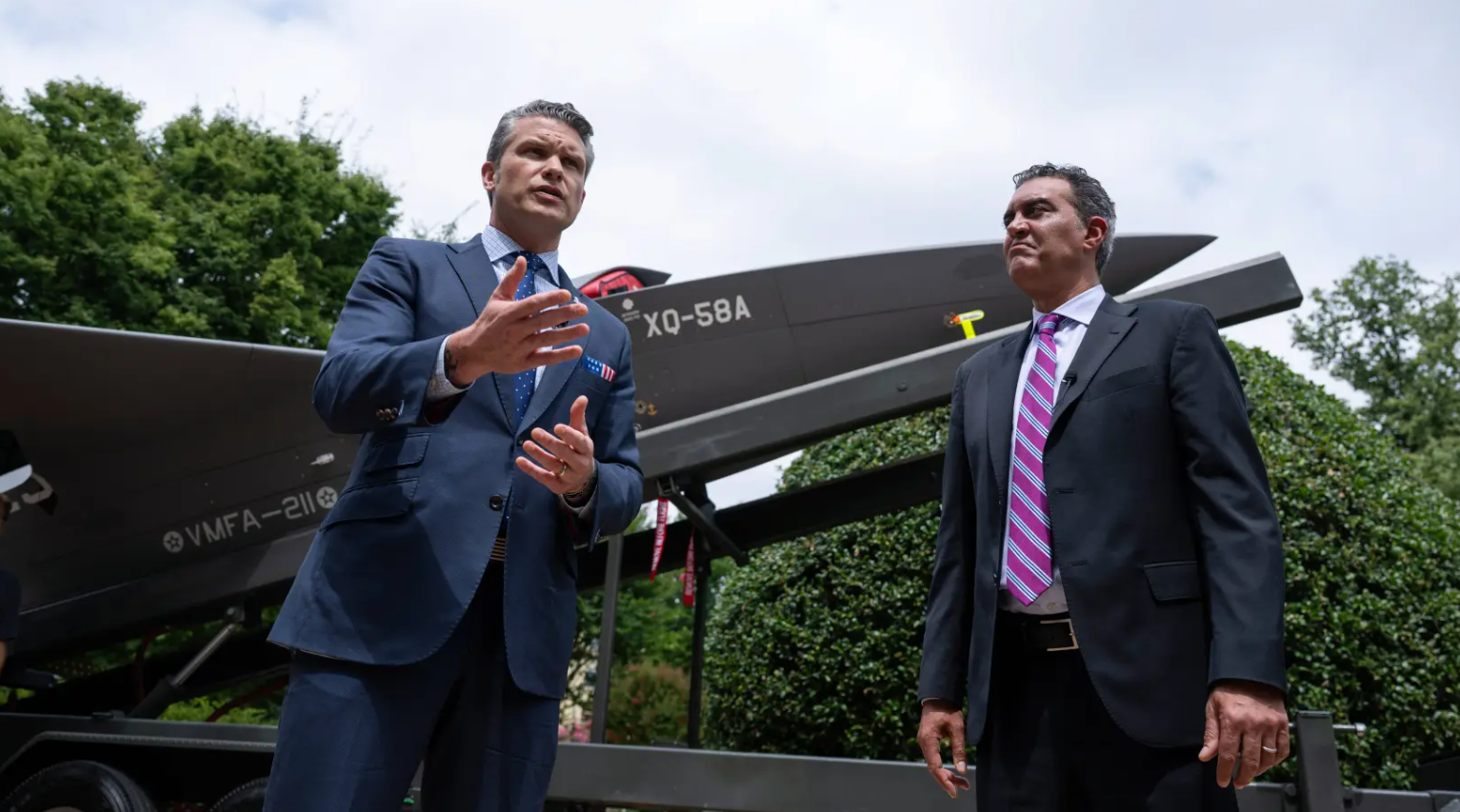



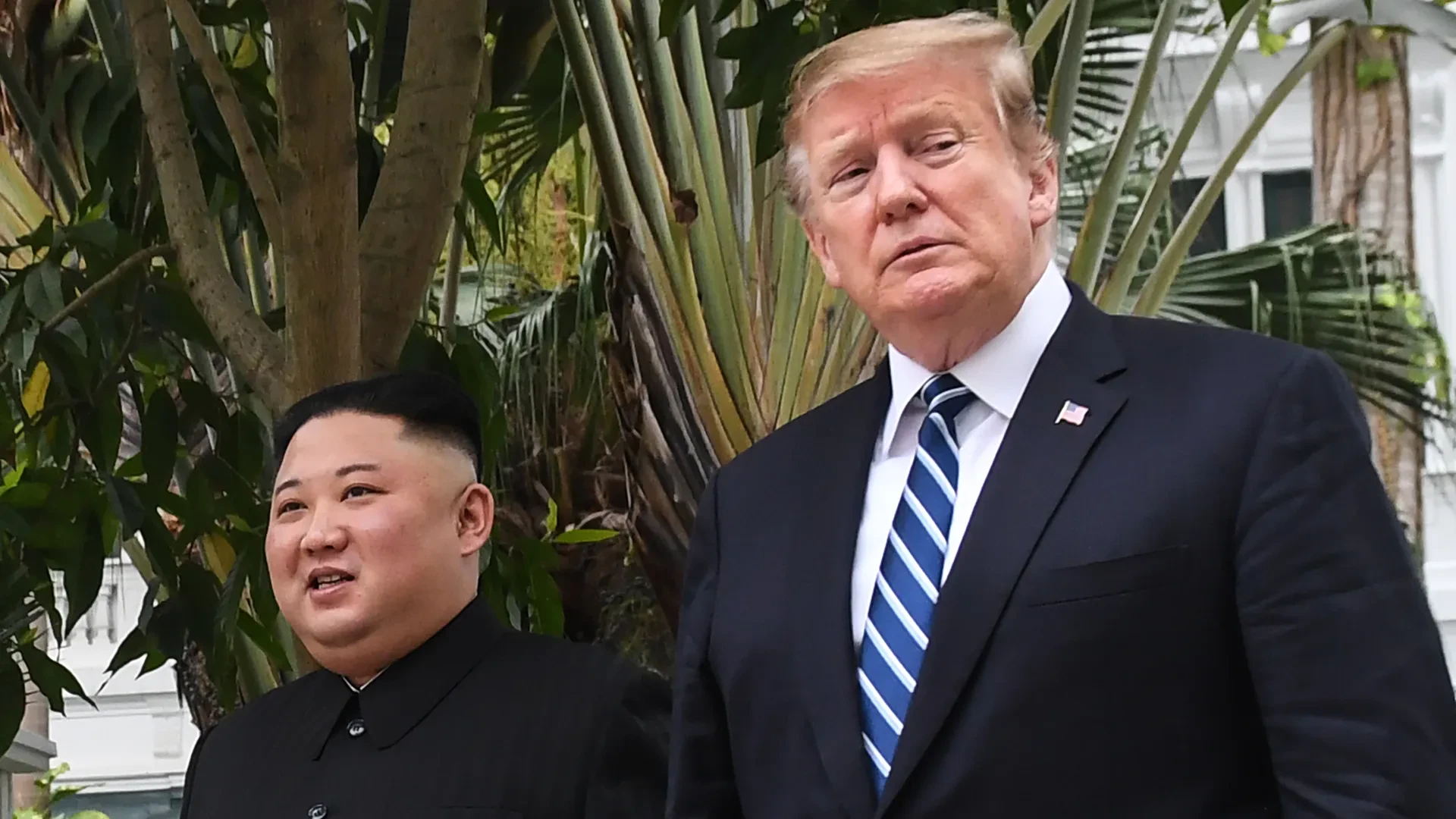
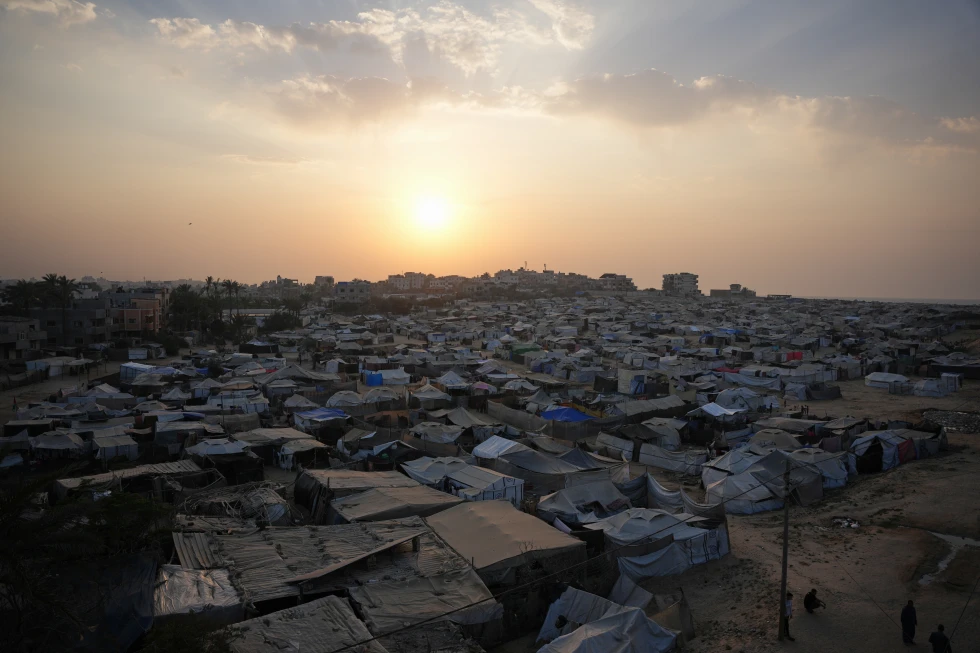
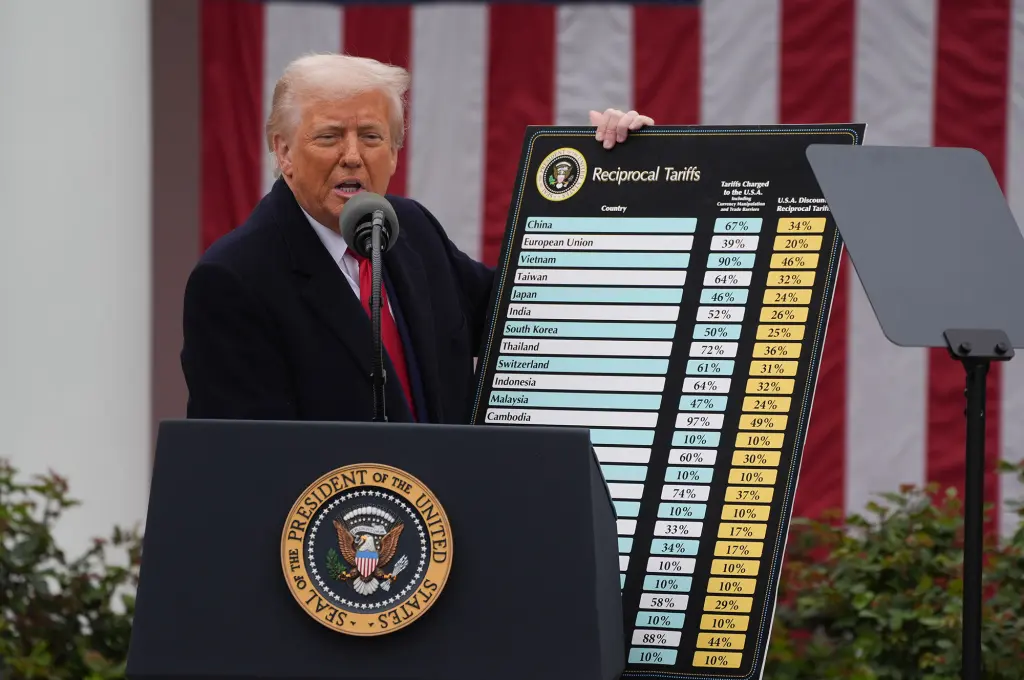
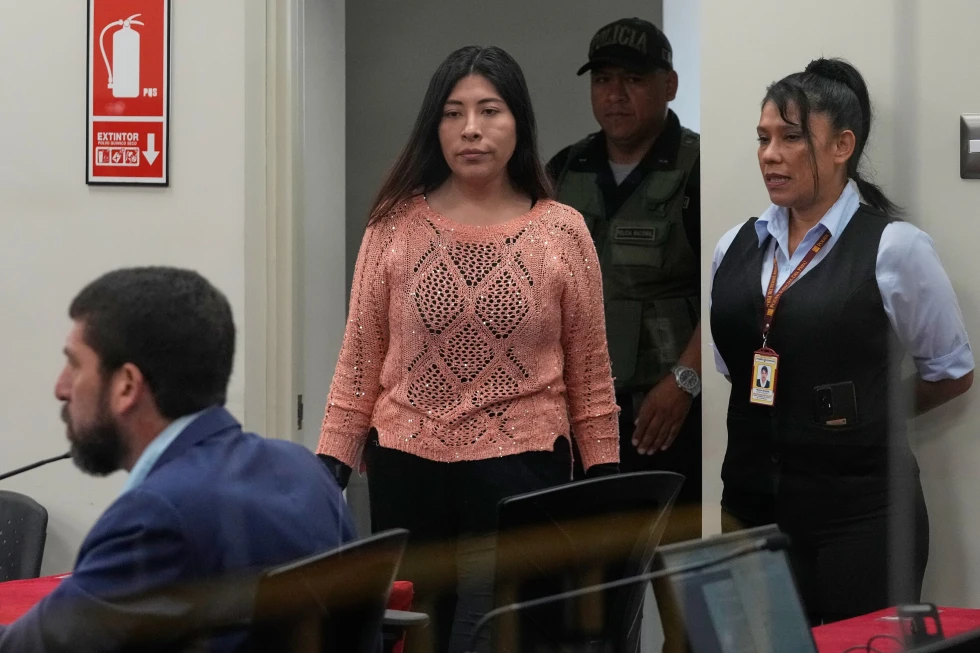
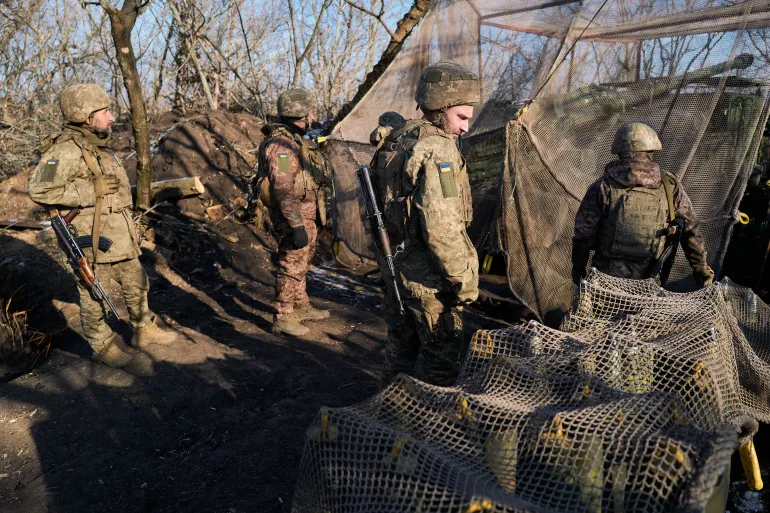

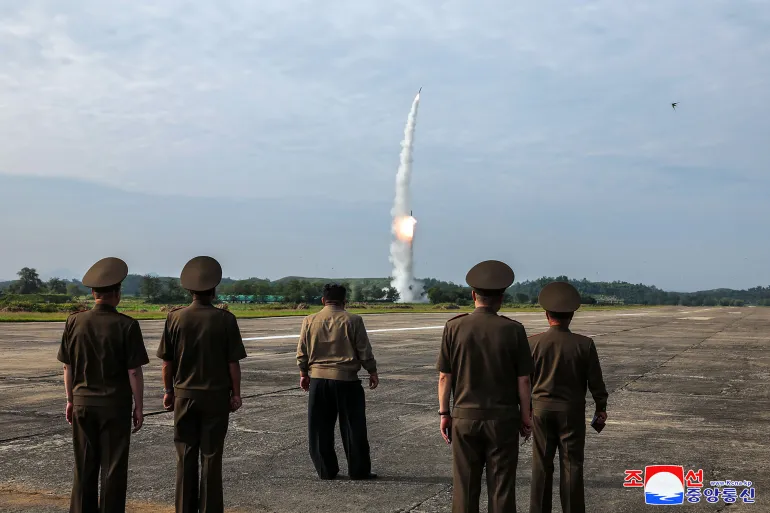

Discussion